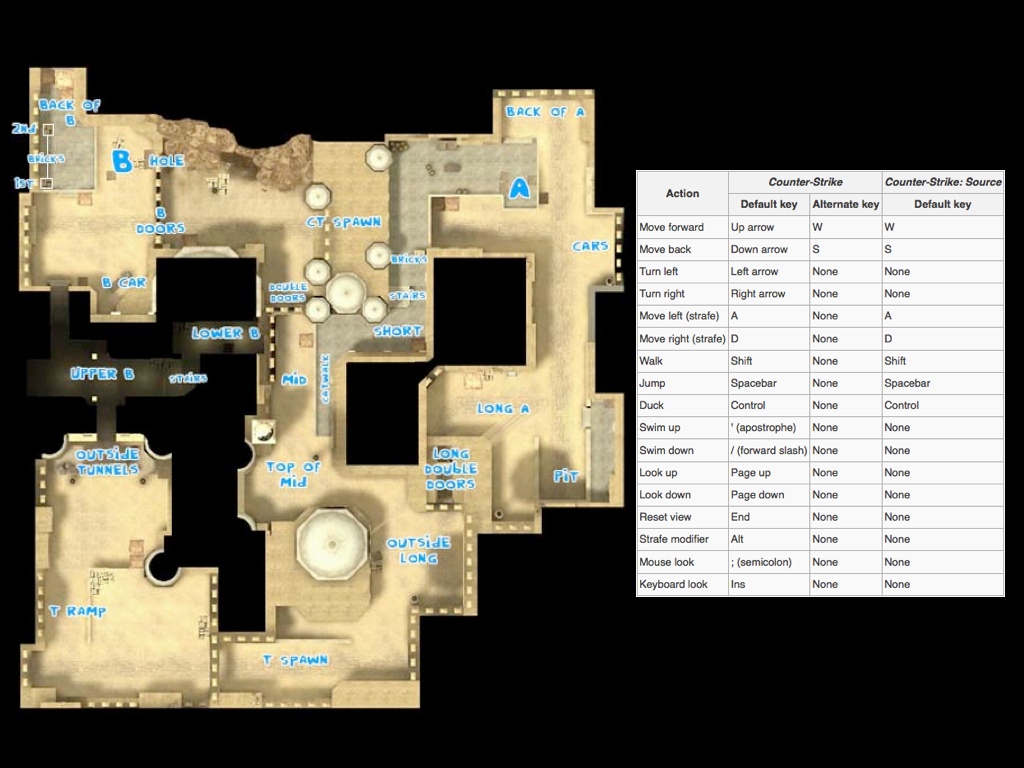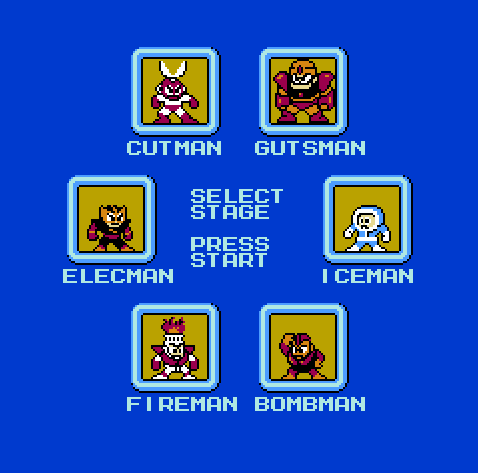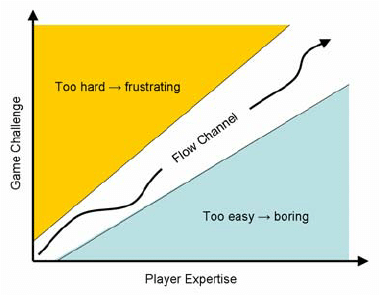
basic guidelines:
1. Understand the genre
In our demo game, the main character “cube” can only move left or right and jump. The character doesn’t grow stronger over time, doesn’t level up, and doesn’t have any massive destructive weapons available in-game. There are tons of game characters like ours throughout the history of video games. In fact, the cube is not the weakest, Spelunker is – click the image to find out different ways the main character in Spelunker can die. However, from the point of view of play experience, the weaker it gets, the greater the satisfaction is after beating a difficult level.
2. Be Experimental
Understand every one of your game elements and different ways they can work together to create new gameplays, build game levels for those elements and combos to thrive. Check out this link on the 4 step level design in Super Mario 3D world that covers onboarding, habit-building, and mastery in building a fun and challenging player journey.
3. Offering options and keeping secrets
Get players involved in making choices. Even tho only 1 door leads to the next level, let’s give them 5 doors to choose from.
4. Keep them focus
Mix and match your game elements to create different Immediate Goal (combo gameplay) e.g. Exploration = traversal + stomping + exterior. Doing so will give limited game mechanics a fresh spin.
- Immediate Goal: Exploration, Defending, Puzzle Solving, …
- Mechanics: Traversal, Stomping, Brawling, Flying kicking, …
- Environment: interior/exterior, weather condition, urban/rural, …
5. Alternation:

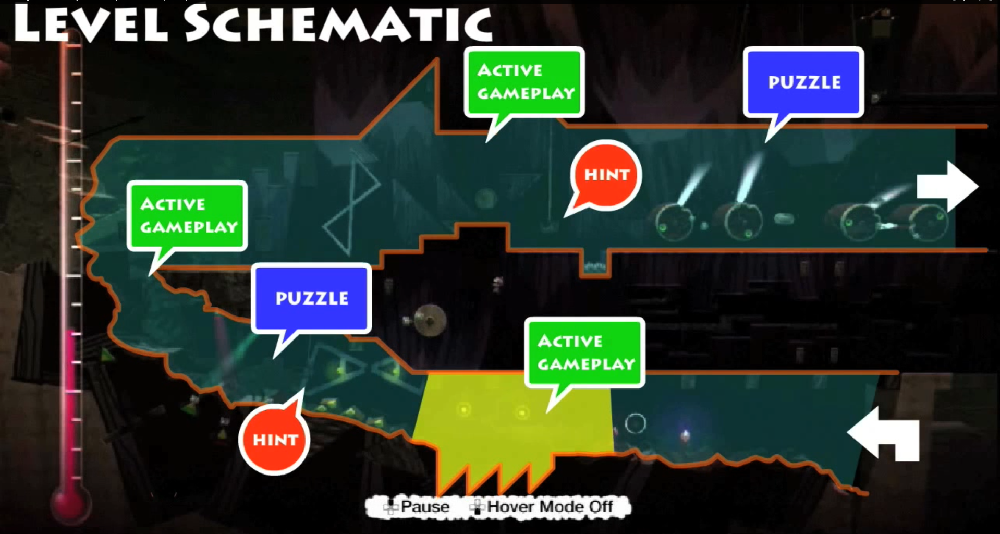
6. Break your rules in case of fun!
“Rational game design repeats rational gameplay.” and “Irrational game design lead to new experiences.” – If Sol LeWitt designs games.
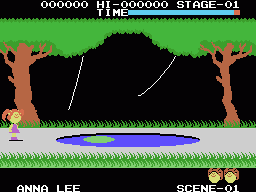 Cabbage patch kids MSX (83′)
Cabbage patch kids MSX (83′)
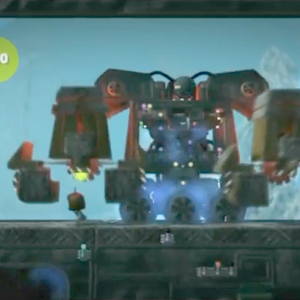
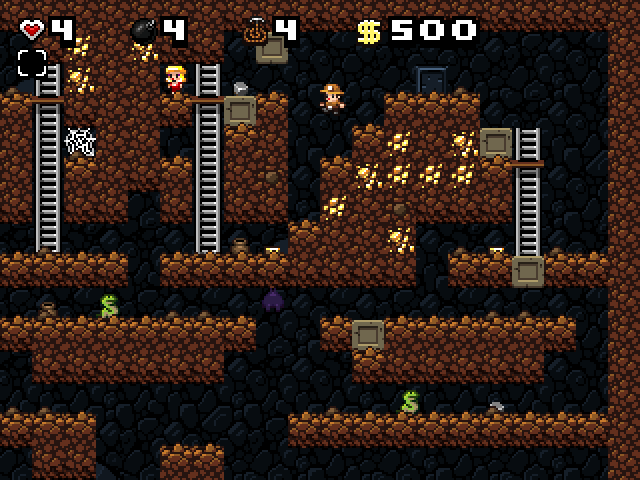 Spelunky (08′)
Spelunky (08′)